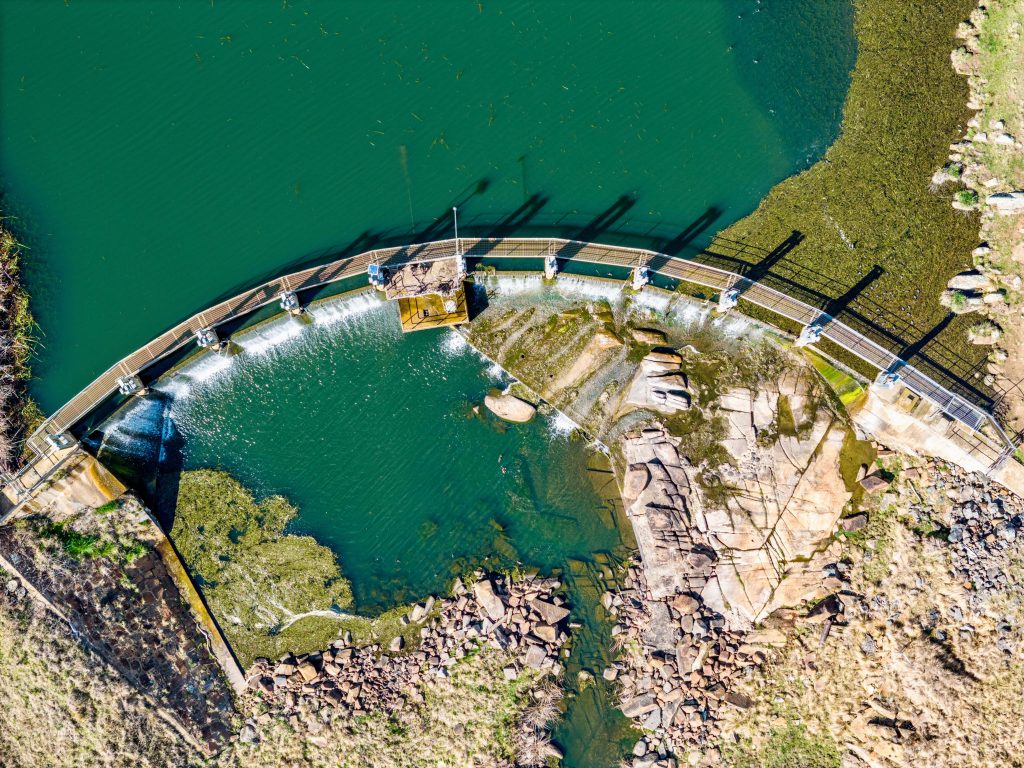“The ideal outcome for anyone working on a marine or desalination project worth hundreds of millions is simple: a project delivered on time, within budget and with minimal disputes.”
We spoke to Mark Murphy, a Principal in TBH’s Claims & Dispute Resolution team, about the biggest risks in high-risk marine and desalination projects and how contractors can protect themselves.
Design Approvals – The First Inflection Point
Mark believes that a watertight design approval framework is the foundation for project success.
“You need clear timeframes for design submissions, agreed levels of detail at each stage, structured feedback loops, and contingency for revisions,” says Mark.
“If the contract is vague, you’re immediately exposed to delays and potential time or cost claims.”
A weak approval process can trigger delays before mobilisation even begins, or force design packages to be split for early works — often leading to duplicated effort and increased costs.
“Equally important is establishing the communication and collaboration framework so difficult design decisions can be resolved early, before they become project-wide blockers,” Mark explains.
At TBH, we’ve seen the difference first-hand: projects thrive when these principles are locked in early, and struggle when they’re not. That’s why we place so much emphasis on rigorous design governance at the very start.
In 2007, TBH was engaged by Sydney Water to assist with the delivery of the Sydney Desalination Project. The Joint Venture Project required extensive environmental monitoring, comprehensive community consultation and diverse stakeholder management. Communication and collaboration between all parties was critical to delivering the project on time and budget. TBH reviewed the delivery effectiveness of the Joint Venture operation, and provided a full review of the resources, process documentation (including communication plan and risk management plan), DESAL Plant master program, and team collaboration tool.
Scope Creep – The Slow Burn
“In marine works,” Mark says, “scope changes often arise from seabed conditions that differ from surveys, new environmental directives introduced mid-project, or unexpected soil conditions across excavations, pipelines or HV alignments. If scope creep isn’t addressed and agreed early, costs and timelines can rapidly spiral out of control. In mega-projects, ambiguity is the enemy.”
The Adelaide Desalination Project (2012), exemplified this risk. The $2 billion program delivered a seawater reverse osmosis plant, pumping station, undersea tunnels and staged power supply. Its sheer complexity — combined with unpredictable environmental conditions — created the perfect environment for scope creep.
TBH played a central role in containing that risk. Our team provided schedule and risk analysis, timely advice, and open engagement with the D&C contractors, ensuring that emerging issues were identified early and resolved collaboratively. This proactive approach enabled the project to stay on track, despite the shifting conditions.
Site Access – The Underestimated Bottleneck
“Providing the right people access to the site at the right times is a critical part of keeping a project on track,” Mark says.
“Late or restricted access can cause cascading delays — especially when weather windows, tidal conditions, or vessel availability are tight.”
He adds:
“If you can’t access your site when you need to — whether due to approvals, safety restrictions, live port operations, or competing contractors — every subsequent workfront is at risk.”
During the Adelaide Desalination Project, TBH supported the delivery team with planning, scheduling and time management services across the full program. Our analysis and open engagement with all stakeholders meant that site access risks were identified early and addressed before they became critical issues.
This discipline contributed to a project delivered on schedule in 2012. Notably, the plant went on to be recognised in 2014 for achieving one of the smallest carbon footprints of Australian desalination plants powered by renewable energy and supported by onsite rainwater harvesting.
Mark’s Top 3 Prevention Tips:
- Lock in procedures early. Make approval, scope and access processes part of the contract- not an afterthought.
- Monitor relentlessly. Maintain live registers for design submissions, scope changes and access windows.
- Notify promptly. The faster you identify and raise issues, the more options you have.
Why TBH?
The TBH Claims & Dispute Resolution team supports some of the most complex, high-profile infrastructure projects in Australia and worldwide, often stepping in when delays or disputes are already in motion.
While we can streamline the claims process, the greatest value comes when we are engaged early, helping to prevent disputes from arising in the first place.
Ready to safeguard your high-value project from costly claims?
Contact TBH’s Claims & Dispute Resolution team to discuss your project


